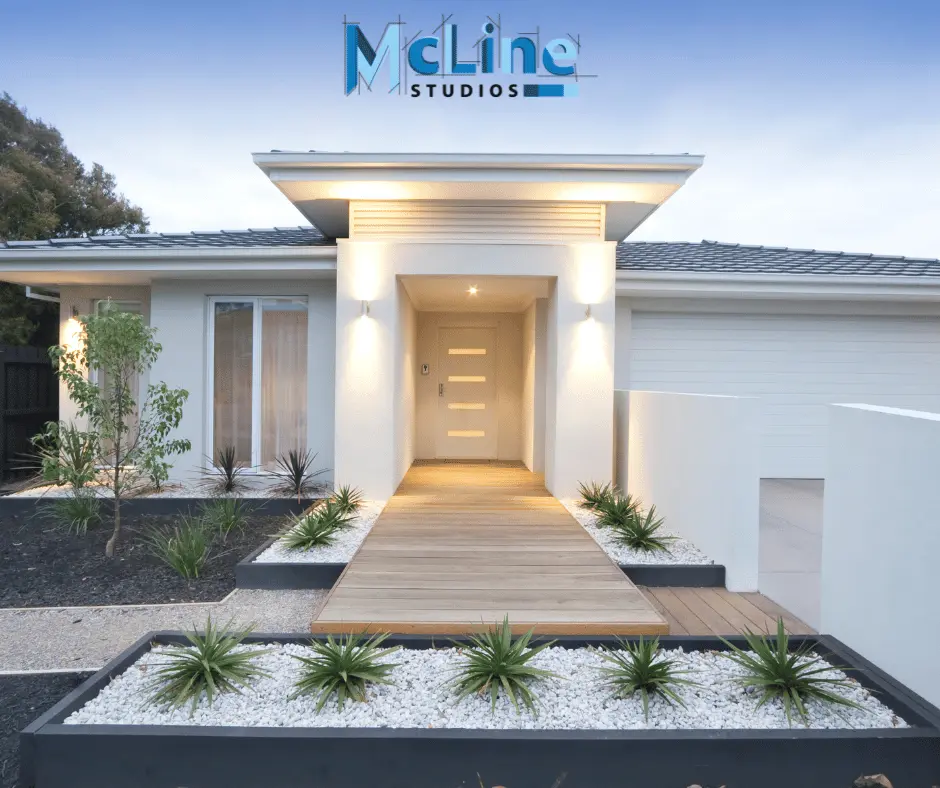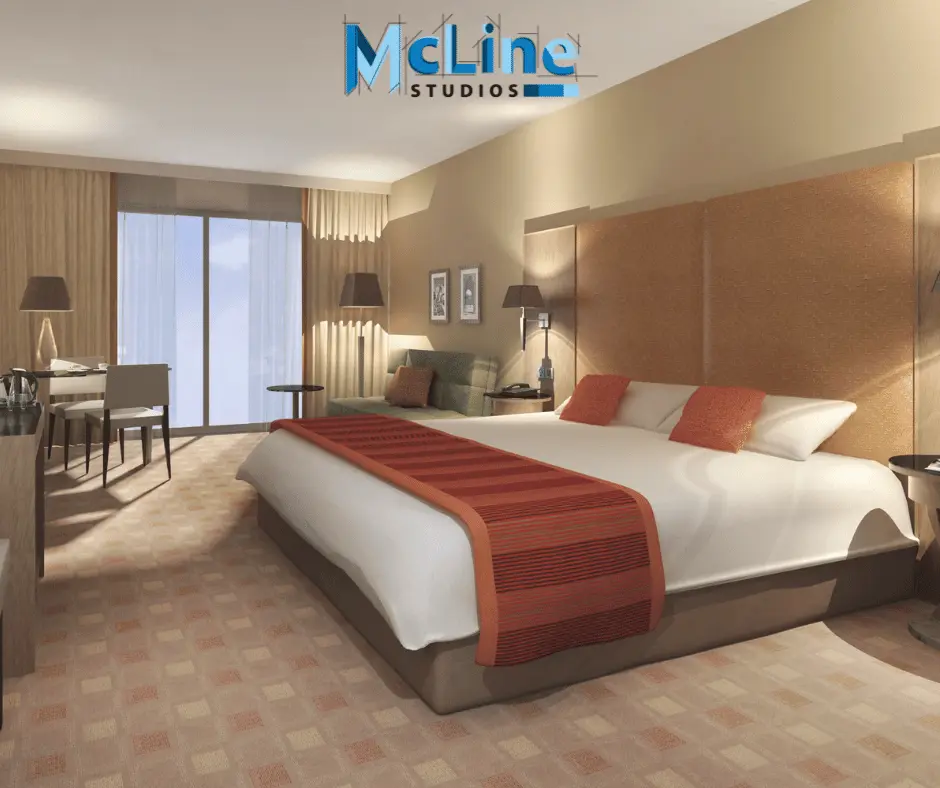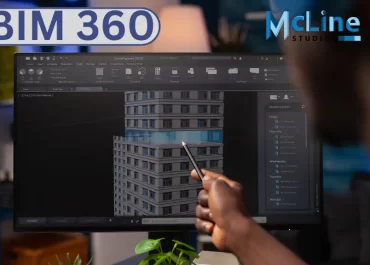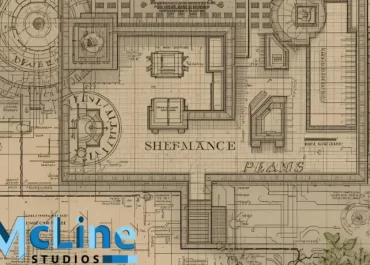Architectural renderings refer to the process of creating two-dimensional or three-dimensional images that depict the attributes of the proposed architectural design. These renderings are useful for architects, builders, and clients to visualize and communicate the look and feel of a building before its inspection.
Whether showcasing a residential home, a commercial complex, or a monumental landmark, the right rendering type can effectively convey the architect’s vision for the project. This article explores the different types of architectural renderings, their characteristics, and their respective applications in architecture.
Interior Renderings
Interior renderings are the digital representation of interior spaces created by software. The primary focus of the interior renderings is to showcase their ideas, from the layout of the space to the selection of materials, colors, lighting, and furniture.

Interior rendering plays a key role in architectural rendering, interior design, real estate, and related industries by helping professionals visualize and communicate design ideas to clients, stakeholders, and the general public. It allows designers and architects to experiment with different designs, materials, colors, and lighting scenarios before any construction or renovation takes place.
The rendering process involves adding materials, textures, lighting, and other details to the 3D model to create a photorealistic image or animation that closely resembles what the finished interior space will look like.
Exterior Renderings
Exterior renderings are digital representations of the exterior of a building or structure created using computer graphics software. These renderings are often used in architecture, real estate, urban planning, and construction industries to visualize how a building will look once it’s constructed or renovated.

They can range from simple 2D drawings to highly realistic 3D architectural renderings, depending on the level of detail and accuracy needed for the project. It can include details such as building materials, landscaping, lighting, and the surrounding environment to provide a comprehensive view of the proposed design.
These renderings help architects, developers, and clients to better understand and evaluate the aesthetics, functionality, and overall design of a building before any construction begins.
3D Animations/ Walkthroughs
3D animation is a technique used to create moving images in a three-dimensional digital environment. Traditional 2D animation involves drawing each frame by hand, while 3D animation uses computer-generated imagery (CGI) to generate lifelike animations.

In 3D animation, designers use specialized software to create virtual models of characters, objects, and environments. These models are then manipulated and animated within the software to create motion sequences.
Various industries—including film, television, video games, advertising, and education—use 3D animation to create visually stunning and immersive experiences. It offers a high level of flexibility and realism, allowing creators to bring their ideas to life in ways that were previously impossible with traditional animation techniques.
Virtual Tours
Virtual tours in architecture involve creating digital simulations or representations of architectural spaces that users can explore remotely in a 360-degree experience. These immersive experiences are typically built upon detailed architectural rendering, which provides realistic visuals of interiors and exteriors. With this combination, individuals can experience architectural designs as if they were physically present in the space, even when viewing it from a computer, tablet, or smartphone.

Virtual tours are commonly used in real estate, tourism, education, and entertainment industries to showcase properties, landmarks, museums, educational institutions, and more. Virtual tours provide an interactive and engaging way for users to experience places from the comfort of their homes.
CGI Panoramas
CGI (Computer Generated Imagery) panoramas, also known as virtual panoramas, are digital representations of 360-degree environments created using computer graphics software. These panoramas allow viewers to immerse themselves in a virtual space, experiencing it as if they were physically present.

CGI panoramas are Many fields such as architecture, interior design, tourism, and virtual reality often use these experiences. Creators either stitch together multiple images or generate a 3D environment and render it from different viewpoints to deliver a seamless, immersive experience.
These panoramas can be interactive, allowing users to navigate through the environment by clicking and dragging with their mouse or by using touch gestures on a touchscreen device. They can also incorporate additional elements such as information hotspots, audio guides, or even interactive objects within the scene.
Key Takeaways
To sum it up, architectural rendering plays a crucial role in the design and construction process. With detailed 2D and 3D visualizations, architects and designers effectively communicate their creative visions, helping clients and stakeholders clearly understand the intended look and feel of a project before construction begins.
Architectural renderings have become invaluable marketing tools, helping developers and real estate professionals showcase properties appealingly and compellingly. Well-crafted visuals can captivate potential buyers or tenants, giving them a tangible sense of what a space will look like upon completion.




